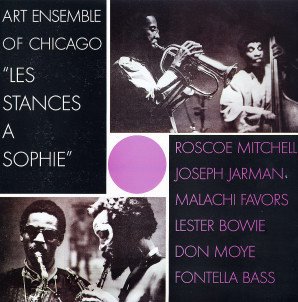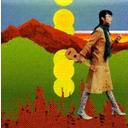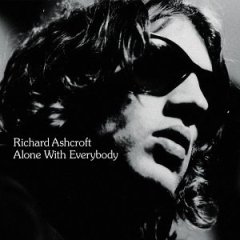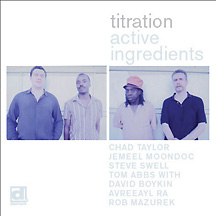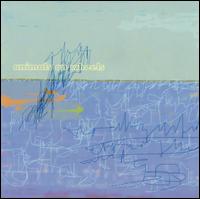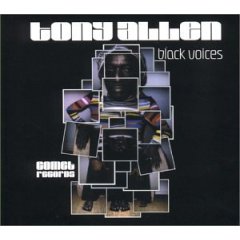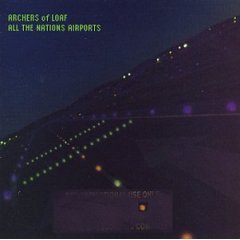 For whatever reason, Tylenol felt it needed to up its presence in the indie hipster demographic (yep!) and released this split EP in a variety of magazines in 2004/2005, providing further proof to the world that the pharmaceutical companies want to increase their deathgrip stranglehold on you, me and everybody we know (kidding!). The 6 song EP features three songs by American Analog Set, three songs by White Magic. I've never heard of White Magic, always identified this EP with the AASet, and thus here we are in the tail end of the "A" reviews.
For whatever reason, Tylenol felt it needed to up its presence in the indie hipster demographic (yep!) and released this split EP in a variety of magazines in 2004/2005, providing further proof to the world that the pharmaceutical companies want to increase their deathgrip stranglehold on you, me and everybody we know (kidding!). The 6 song EP features three songs by American Analog Set, three songs by White Magic. I've never heard of White Magic, always identified this EP with the AASet, and thus here we are in the tail end of the "A" reviews.That said, I hadn't ever listened to this EP until this morning. I've avoided the American Analog Set over the years, associated it with the passive/passive melodramatics of the indie hipster cardigan set. I tried listening to Golden Band without much success, lumped the AASet with that bulk of fragile-pop that seems like it'll break with too much attention. I'm a fan of the bedroom recordings as much as the next guy, but this was stuff that needed a nightlight. To listen to an EP actually called "Songs of Hurting and Healing," then....
...It would've been funny if they could've stuck with the Tylenol joke, but the EP's pretty much what I've already described, and the three songs by the AASet are as light weight as expected, and, thus, forgettable. I had to go back and re-listen to it one song into the latter half of the album to try and remember the AASet's three songs...and that was only ten minutes past, give or take.
The White Magic songs are related, but more adventurous. The group turns in a psych-folk set reminiscent of a less melodic Animal Collective, nods to the Velvet Underground in check. What results is slightly more interesting, though the songs are ultimately too meandering and devoid of premise to be worthwhile of re-listening.
It's a good thing, then, that this EP came out for free. Still not sure as to what Tylenol was trying to accomplish, as I'm quite certain that the pill won't heal whatever pains fans of the AASet or White Magic may have - that shit can't be healed by acetaminophen. Unfortunately (and let's hope they figure this out soon), they probably can't be healed by the AASet or White Magic, either.

